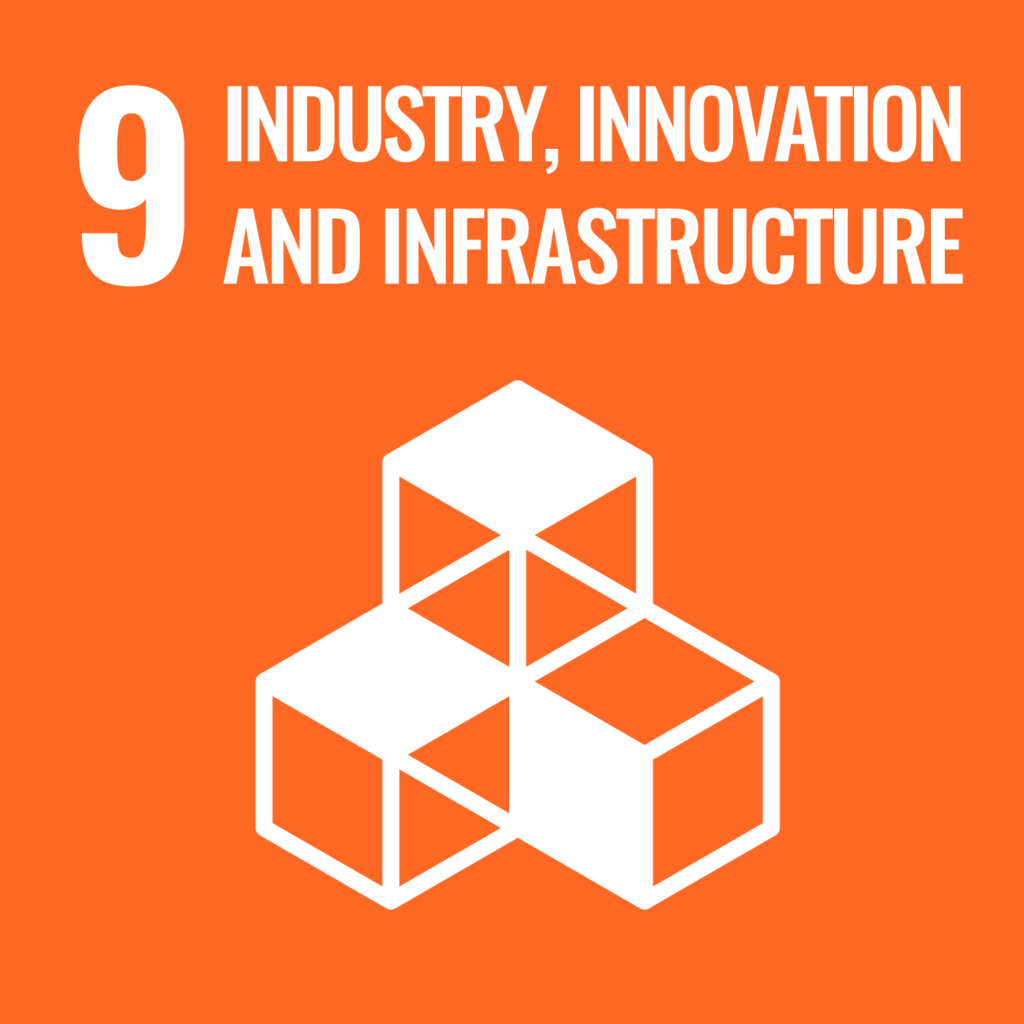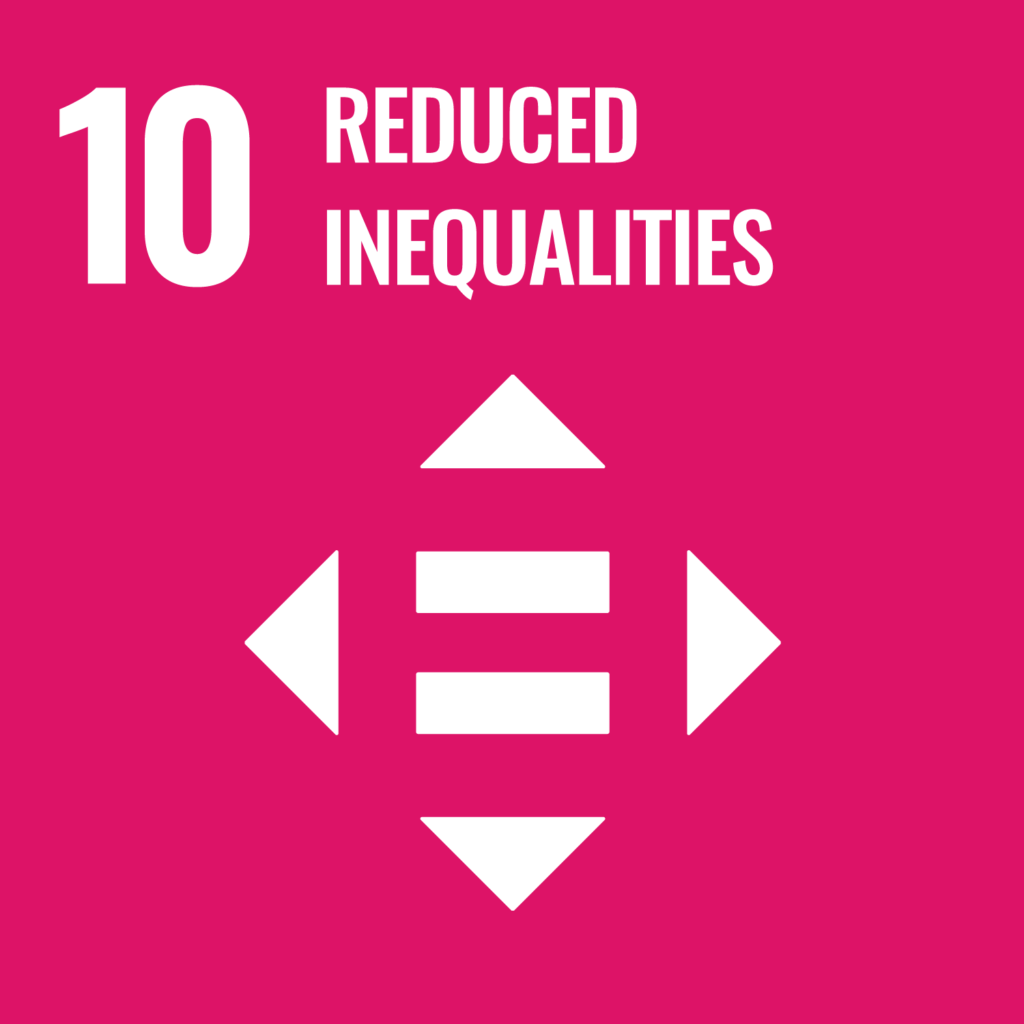Challenge Question
Considering as a starting point the 17 protected grounds under the Ontario Human Rights Code, how can we design an inclusive built environment for all?
Partner: Human Space

Project Summary

To date, much of the knowledge around inclusion in the built environment has focused on accessibility strategies for persons with physical disabilities. For this project, a team of researchers is challenged to expand the conversation about inclusion and the built environment through the application of the lens of social equity - in terms of race, gender, class, and ethnicity. The team will research the relationship between social spaces, architecture and race, gender, class, and ethnicity, ways that the needs or interests of social groups have been underrepresented within design decisions (ie. as evidenced in building codes, urban planning strategies or current/existing built structures), and suggest ways that social equity can be integrated into theories and practical ideas about the built environment. The research team might include individuals with an interest in and knowledge of design, architecture, social equity, Black studies, Indigenous studies, gender studies, policy, and urban planning.
Want to learn more? Click here!Sustainable Development Goals



Organizational Profile

We’re a global collaborative of experts and specialists working with placemakers and city builders to create spaces for all. Our human-centered approach creates spaces, buildings and communities that consider people first and incorporates broad perspectives to arrive at better solutions. This means pursuing a comprehensive approach to community building that includes accessibility, wellness and inclusion as essential components to creating safe, equitable and resilient built environments.
Key Words

- Equity
- Inclusion
- Accessibility
Partner Website

Learn more about the kind of work the project partner does by browsing their website.
Visit partner website